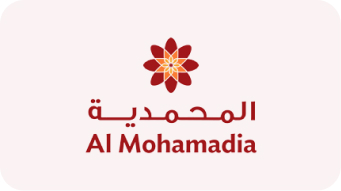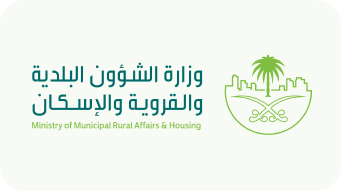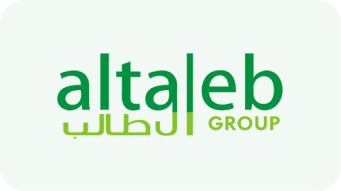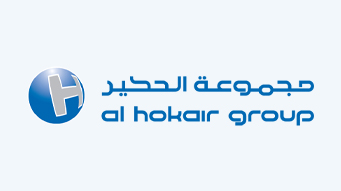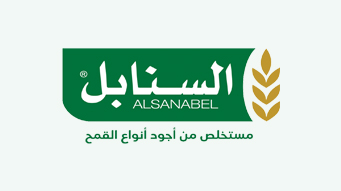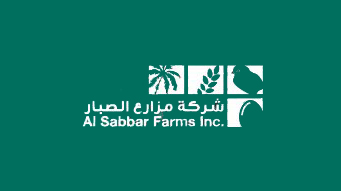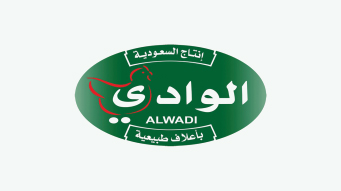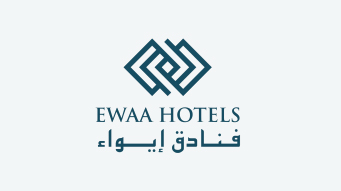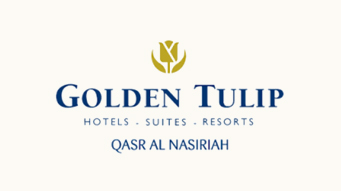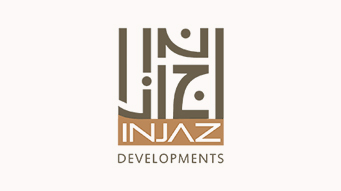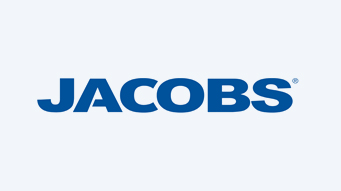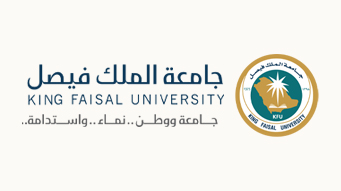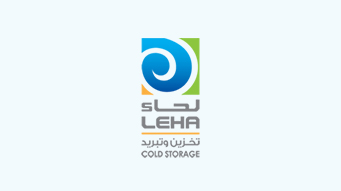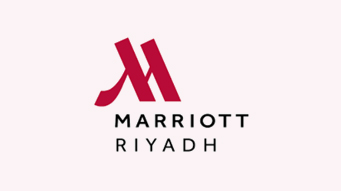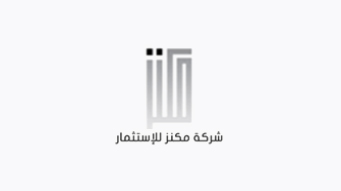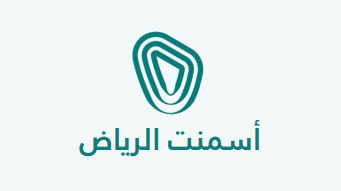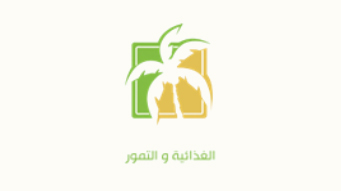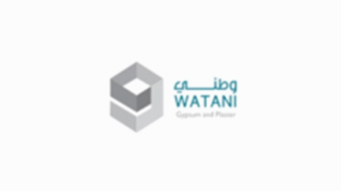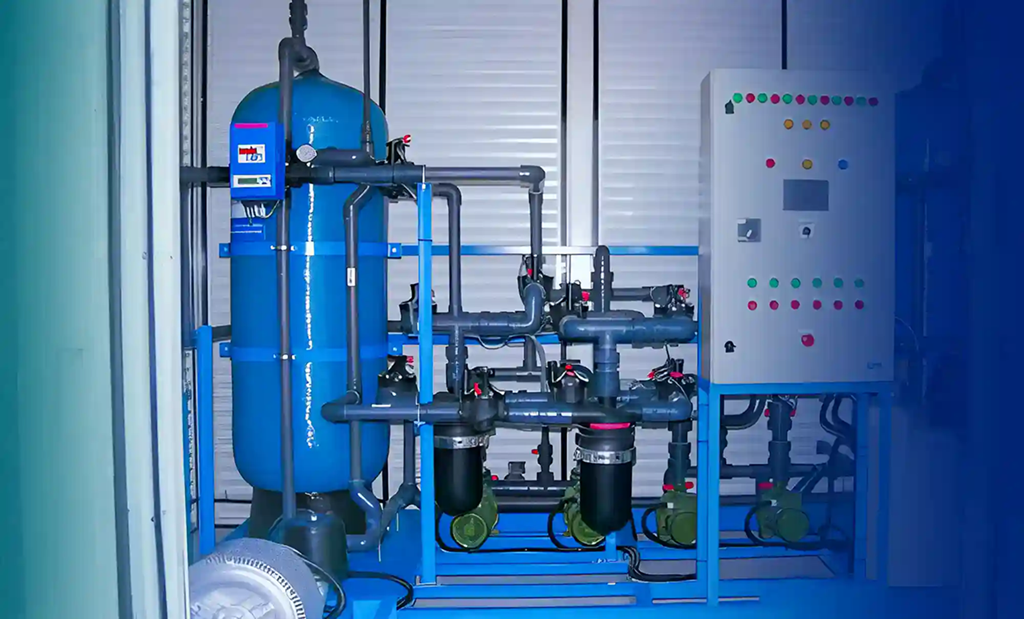
Graywater Reuse in the Kingdom: A Technical Guide for Adhering to the Highest National Standards
The Kingdom of Saudi Arabia has witnessed a rapid development boom, which has naturally led to a steady increase in water demand. With the challenges associated with water stress, demand-side management and the search for sustainable solutions have become imperative, in line with the Kingdom’s Vision 2030.
In this context, graywater reuse stands out as an advanced step to ensure the appropriate and efficient use of water. To guide the urban sector and ensure the safe and effective implementation of this technology, the National Center for Water Efficiency and Conservation (NWEC) has issued a comprehensive technical guide entitled “Graywater Reuse Guide.”
Strategic Advantages of Adopting Graywater Systems
Graywater reuse is not limited to providing potable water; it also offers broad economic and environmental benefits. Royal Decree No. (228) dated 29/08/1426 (2016) stipulates the recycling of graywater for use in flushing boxes in government agencies and institutions, emphasizing the national importance of this approach.
The guide outlines the environmental benefits of this practice.
Water reuse has numerous environmental benefits, such as increasing reliable local water supplies, reducing the discharge of harmful environmental waste, and reducing pollution. Last but not least, it saves the energy needed to produce and desalinate new water.
What is graywater according to the guide?
To implement an effective treatment system, the source of the graywater must first be accurately identified. The guide defines graywater as: “Untreated used water that has not come into contact with toilet waste. This includes water from bathtubs, sinks, and laundry.”
Important Note: The Saudi Building Code excludes kitchen sinks and dishwashers from the definition of graywater for treatment purposes in this guide. This is because they contain fats, oils, grease, and organic compounds that require complex and expensive treatment systems, often making them uneconomical.
Choosing a Treatment System: Quality Determines Use
The guide emphasizes that determining the purpose of reclaimed water is key to selecting the appropriate system. The more complex the system, the larger its size and the higher its cost. The guide identifies four main designs for graywater treatment systems, suitable for different levels of treatment and use:
- Direct-use system: The simplest system, used for direct subsoil irrigation (with low-pollution water required, collected, and consumed within a maximum of 24 hours).
- Biological treatment system (such as multi-media filters): Uses relatively clean and inexpensive technologies, removing large particles and organic matter through biological decomposition.
- Mechanical filter system (MF/UF/NF and MBR): Provides extremely high quality treatment effluents, especially membrane bioreactors (MBR). Their water is used for toilet flushing, laundry, and irrigation. In some advanced cases, they may even be suitable for cooling towers. Here, you will find a comparison between MBR and RO graywater treatment.
- Chemical treatment system (such as DAF): Relies on coagulation and flocculation. It is effective at removing oils, fats, and suspended matter and is suitable for low-strength graywater.
Ensuring safety and compliance with standards
The core of our water treatment work is ensuring that the treated water meets national quality requirements, in accordance with the Water Law issued by Royal Decree No. M/159.
Treated Water Quality
Treated graywater must meet strict standards covering physical, chemical, and microbiological properties. For example, the Saudi Water Regulations specify requirements for treated water quality, including that turbidity should not exceed 2 NTU, total coliform count should not exceed 2.2 counts/100 ml, and that the water should be free of oils, grease, color, and odor.
Signage and Pipes (Public Health First)
To ensure public health and prevent unintended use, the guide emphasizes strict labeling requirements:
- Pipe Color: All graywater pipes should be purple or have purple tape or wrapping around them.
- Warning Signs: All pipes should be marked with the phrase “Warning: Non-potable water – Do not drink” at intervals not exceeding 750 mm. These signs should also be placed on treated graywater outlets (connections, taps, and appliances).
Future Outlook
The continued integration of artificial intelligence into water purification processes is expected to revolutionize graywater treatment. AI-based optimization can enhance the performance of membrane filtration systems and improve the management of wastewater treatment processes.
As the industry advances, the focus will remain on developing innovative technologies that not only address water scarcity challenges but also promote sustainable practices across various sectors. These developments signal a significant shift toward more efficient, cost-effective, and environmentally friendly graywater treatment solutions, ensuring a sustainable future for water management.
Environmental Leadership and Contribution to Green Initiatives
Adopting graywater reuse technologies is more than just efficiency; it is a demonstration of a corporate commitment to environmental sustainability. Projects implementing these systems position themselves as companies and complexes. That effectively supports the Kingdom’s efforts under the Saudi Green Initiative and Vision 2030. Contributing to achieving sustainability goals, particularly the sixth goal of the United Nations Sustainable Development Goals (SDG 6) related to clean water. Enhances the organization’s brand value and social standing. For real estate developers, incorporating graywater solutions increases a building’s appeal and market value.
Consumers are increasingly turning to properties with a low environmental footprint. Converting water that would otherwise be wasted into a sustainable and reliable source for irrigation or toilet flushing is a prime example of a circular resource economy. It makes every building that implements this system an active partner in protecting the Kingdom’s precious natural resources.
Calculating the Return on Investment (ROI) for Greywater
While compliance with national requirements is the primary driver. The question of economic feasibility and return on investment (ROI) remains paramount for commercial projects and large residential complexes. Greywater reuse systems are not just an operational cost. They are long-term investment assets. In the Kingdom, where progressive water tariffs are in place. Every cubic meter of potable water saved contributes to a significant reduction in the overall water bill. As it prevents users from entering higher and more expensive consumption brackets.
In addition to water savings, lower sewage costs should be considered. Every gallon of greywater treated and reused locally is a gallon not discharged into sewerage networks. This reduces discharge fees and alleviates pressure on local infrastructure. When combined with the long lifespan of modern systems (often exceeding 15-20 years). Investing in graywater treatment becomes a wise financial decision that provides financial protection against future increases in water rates and environmental fees.
Our Commitment to National Standards
This guide was issued by the National Center for Water Efficiency and Conservation. It is the roadmap for all graywater reuse projects in the Kingdom. We adhere to the technical specifications for the design, installation, testing, operation, and maintenance of graywater reuse systems. In full compliance with the technical standards set forth in the guide and the Saudi Building Code (SBC701).
Whether your project requires a simple direct-use system or advanced technologies such as highly efficient membrane bioreactors (MBRs). Our team is ready to provide solutions that comply with the highest quality and safety standards required by regulatory authorities in the Kingdom. Do you have a project aiming to achieve water sustainability through graywater reuse? Contact us today to ensure compliance with national standards and design a system that meets your actual needs with the highest efficiency.

